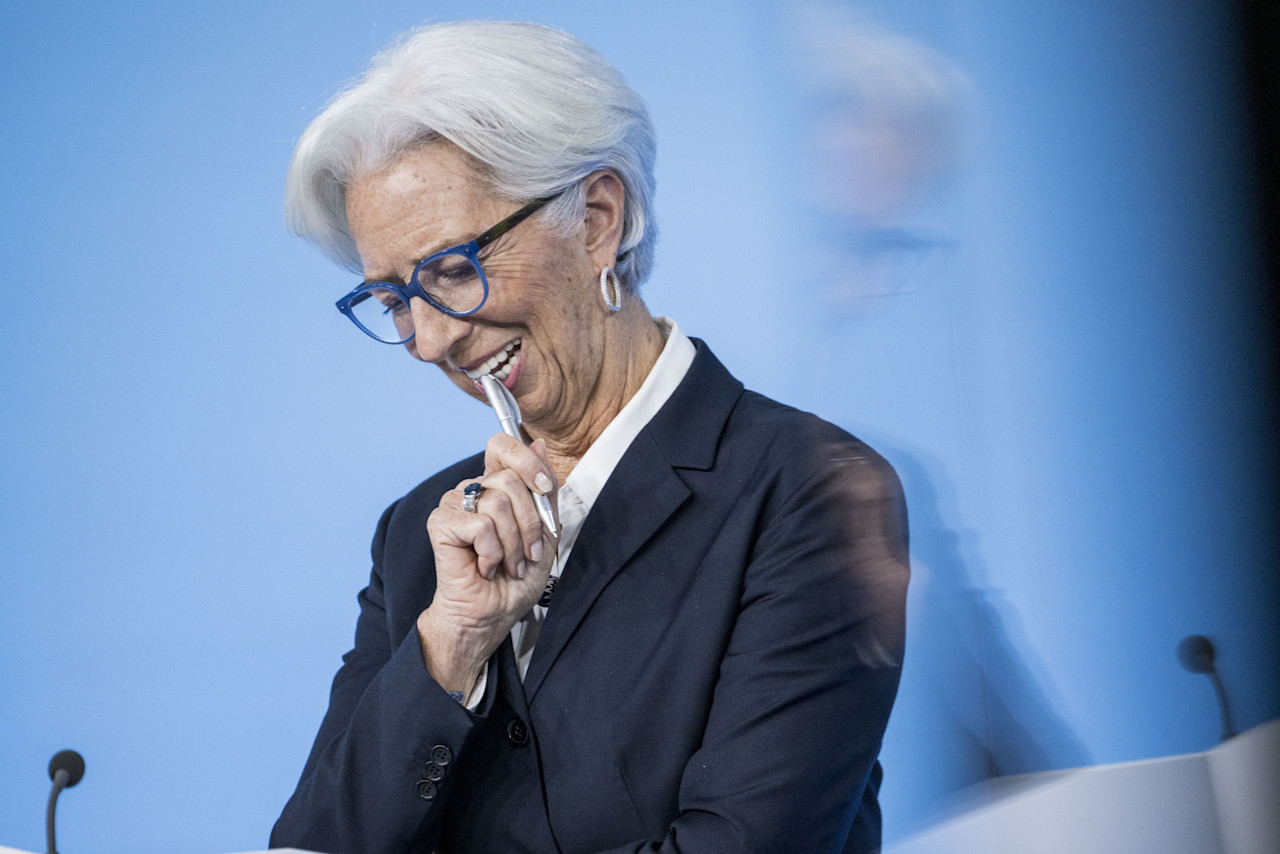

Is there value in fallen angels?
Credit downgrades can be an opportunity for high yield investors. Our multi-factor credit strategy is able to distinguish between fallen angels that will subsequently recover and those that will remain weak.
概要
- Fallen angels are cheapest immediately after the downgrade
- Our Value factor is able to select fallen angels that will outperform
- Multi-factor credit strategies allocate to attractive fallen angels
The coronavirus pandemic and subsequent demand crisis has led to an unprecedented surge in the number of bonds downgraded from an investment grade rating to high yield (so-called ‘fallen angels’).
For a corporate bond investor, the implication of such a downgrade depends on the perspective. An investment grade investor would consider fallen angels a threat, while a high yield investor would typically view them as an opportunity. In this article we investigate the performance of fallen angels, and show how we are able to distinguish between fallen angels that will subsequently recover and those that will remain weak.
Rating agencies continually evaluate ratings, potentially leading to an upgrade or downgrade of a company’s rating. The price impact directly after an upgrade or downgrade is usually small, because the change in creditworthiness is priced in beforehand.1 The exception is a rating change that moves a bond from investment grade to high yield, or from high yield to investment grade, because constrained investors are forced to quickly sell their positions. For fallen angels, this mechanism can even lead to serious market inefficiencies, because the supply of fallen angels from the investment grade market is often too large to be efficiently absorbed by the smaller high yield market.
Price patterns of fallen angels
To assess the price pattern of fallen angels, we perform an event study on a 36-month window around the downgrade date, where the window starts 12 months before the downgrade and ends 24 months thereafter. Month 0 marks the point where the bond is downgraded (intra-month) and from month 1 onwards the bond is part of the high yield universe.
Figure 2 shows the results of the event study, averaged over all events in the January 1994 to June 2020 research period. The credit spread of a fallen angel is shown in Panel A and shows a three-phase pattern: widening ahead of the downgrade, inflection around the downgrade date and tightening thereafter. There is not a full recovery, though, owing to the higher risk associated with the acquired high yield rating.
Figure 2 | Fallen angel performance in the period around the downgrade

Source: Robeco, Barclays Bloomberg
Because it is likely that movements in market spreads influence the credit spread pattern, we next compare the returns of fallen angels to peers in terms of credit rating, sector and maturity.2 The cumulative outperformance of fallen angels around the downgrade is shown in Panel B of Figure 2. It shows the same three-phase pattern as Panel A, but inverted (as returns and spreads move in opposite directions). Fallen angels underperform their peers a few quarters before the event; especially in the last quarter, and most strongly in the month of the downgrade, when the forced selling of constrained investors pushes the price down even further. Thereafter, relative performance turns positive and stays positive for up to 24 months after the downgrade, as high yield investors start buying the fallen angels and the downgraded companies start taking measures to repair their creditworthiness.
This performance pattern indicates that selling a bond directly after the downgrade is likely to be the worst possible moment to do so.
Enhanced fallen angel investing with the Value factor
Given the above results, the question arises whether an investor should simply buy all fallen angels, or if there is a way to distinguish between fallen angels that subsequently recover and those that don’t.
This is where our extensive experience with the value factor comes into play, as it is used to identify the attractiveness of corporate bonds given their risk. In other words, it assesses whether a bond is attractively priced (‘cheap’), or not (‘expensive’).3 To test the ability of the value factor to select the ‘right’ fallen angels, we compare the performance of fallen angels with high value scores in the month after the downgrade (top quintile, ‘Q1’) to the performance of fallen angels with low value scores (bottom quintile, ‘Q5’).
Panel A in Figure 3 shows the cumulative outperformance against peers for these cheap and expensive fallen angels, according to our value factor; Panel B shows the performance difference between the two groups. The cheap fallen angels (Value Q1, blue line) underperform more until the downgrade, after which they start to considerably outperform the more expensive fallen angels (Value Q5, orange line). In fact, the cheap fallen angels perform so well after the downgrade that the event window-return turns positive.
The expensive fallen angels, on the other hand, do not experience much of a reversal at all. So instead of buying all fallen angels indiscriminately, by using our value factor, we can discern outperforming from underperforming fallen angels.
Figure 3 | Fallen angel performance breakdown by Value factor score

Source: Robeco, Barclays Bloomberg
Conclusion
Our Multi-Factor Credits and Multi-Factor High Yield strategies invest in fallen angels based on their attractiveness from a factor perspective. This research reinforces our belief that the bottom-up approach to investing in our multi-factor credit strategies is warranted.
信貸投資的新動態
訂閱我們的電子報,緊跟最新的信貸投資趨勢。
Footnotes
1See e.g. Norden, Weber, 2014, “Informational Efficiency of Credit Default Swap and Stock Markets: The Impact of Credit Rating Announcements”, Journal of Banking & Finance
2To construct the peer groups, we use the methodology of Ben Dor and Xu, 2011, “Fallen Angels: Characteristics, Performance, and Implications for Investors”, Journal of Fixed Income; peer groups are defined based on industry (financials, industrials, and utilities) and credit quality (A and higher, BBB, BB, B, and CCC and lower); in addition, with the exception of the lowest credit-quality category, separate buckets are constructed for short/intermediate and long maturity bonds (up to ten years and above ten years, respectively), resulting in a total of 27 peer groups.
3See our 2016 white paper “Smart Credit Investing: The Value Factor”.
Important information
The contents of this document have not been reviewed by the Securities and Futures Commission ("SFC") in Hong Kong. If you are in any doubt about any of the contents of this document, you should obtain independent professional advice. This document has been distributed by Robeco Hong Kong Limited (‘Robeco’). Robeco is regulated by the SFC in Hong Kong. This document has been prepared on a confidential basis solely for the recipient and is for information purposes only. Any reproduction or distribution of this documentation, in whole or in part, or the disclosure of its contents, without the prior written consent of Robeco, is prohibited. By accepting this documentation, the recipient agrees to the foregoing This document is intended to provide the reader with information on Robeco’s specific capabilities, but does not constitute a recommendation to buy or sell certain securities or investment products. Investment decisions should only be based on the relevant prospectus and on thorough financial, fiscal and legal advice. Please refer to the relevant offering documents for details including the risk factors before making any investment decisions. The contents of this document are based upon sources of information believed to be reliable. This document is not intended for distribution to or use by any person or entity in any jurisdiction or country where such distribution or use would be contrary to local law or regulation. Investment Involves risks. Historical returns are provided for illustrative purposes only and do not necessarily reflect Robeco’s expectations for the future. The value of your investments may fluctuate. Past performance is no indication of current or future performance.

























